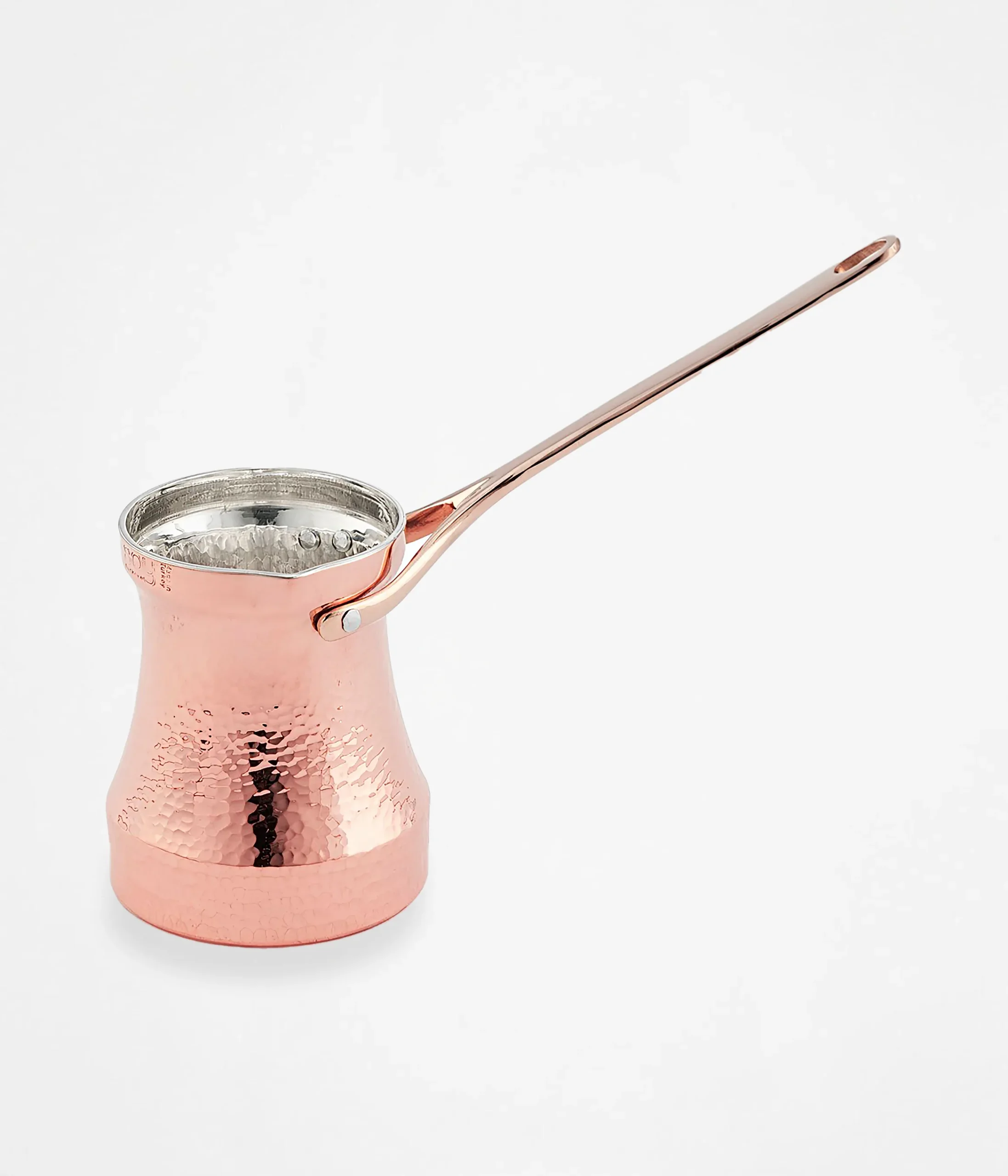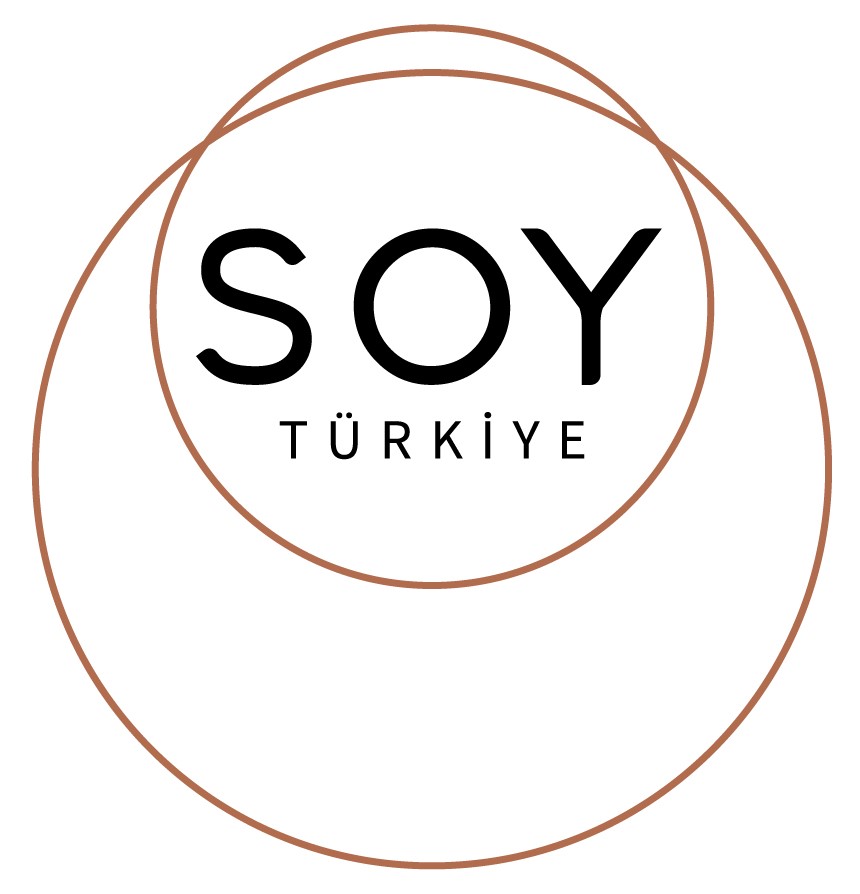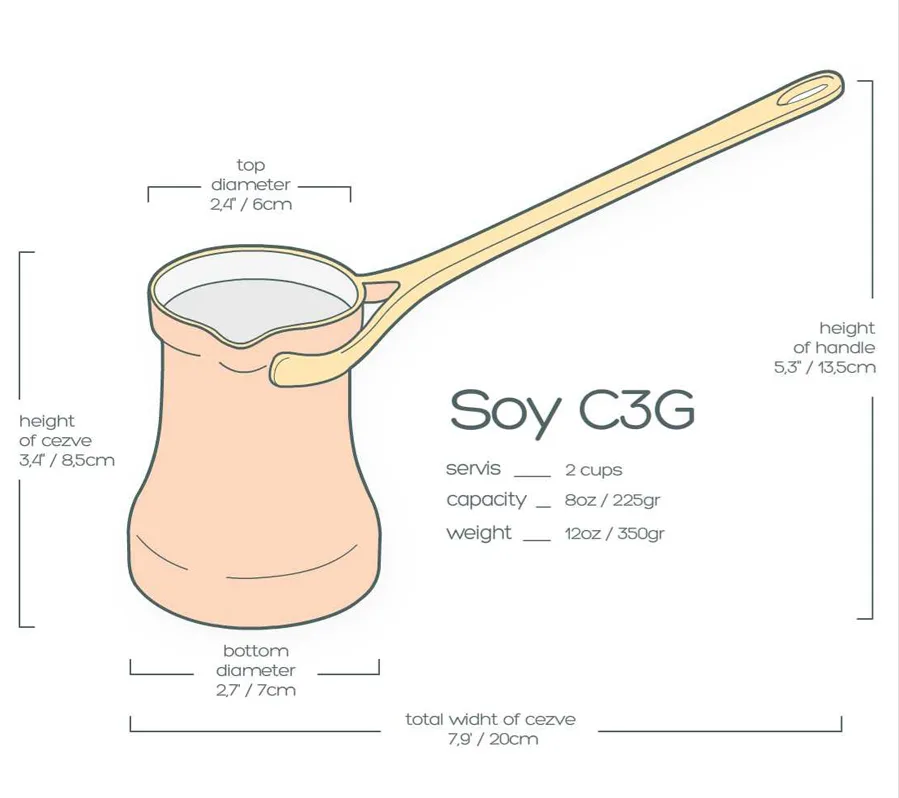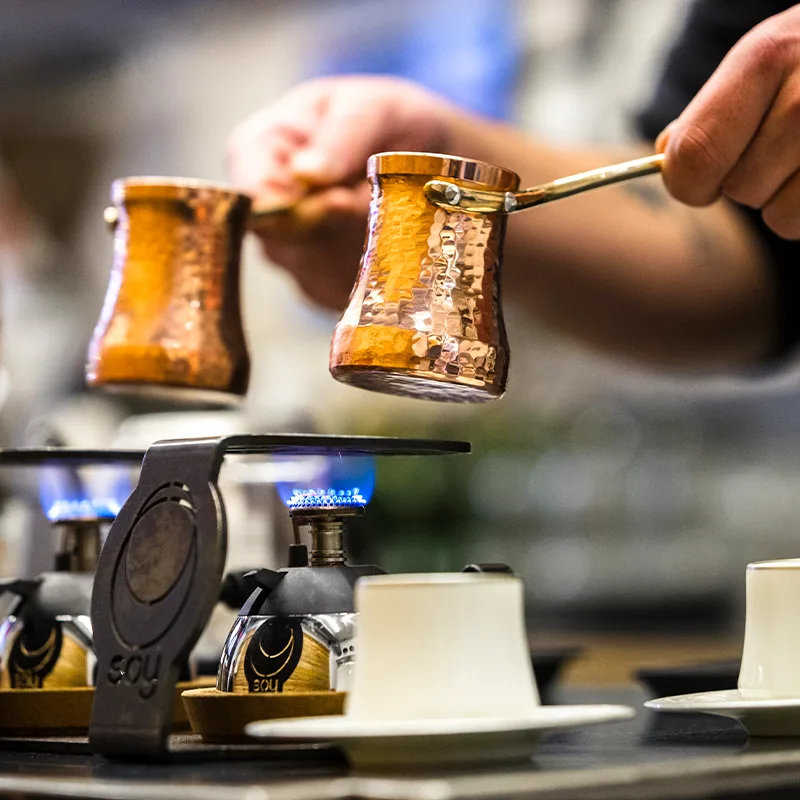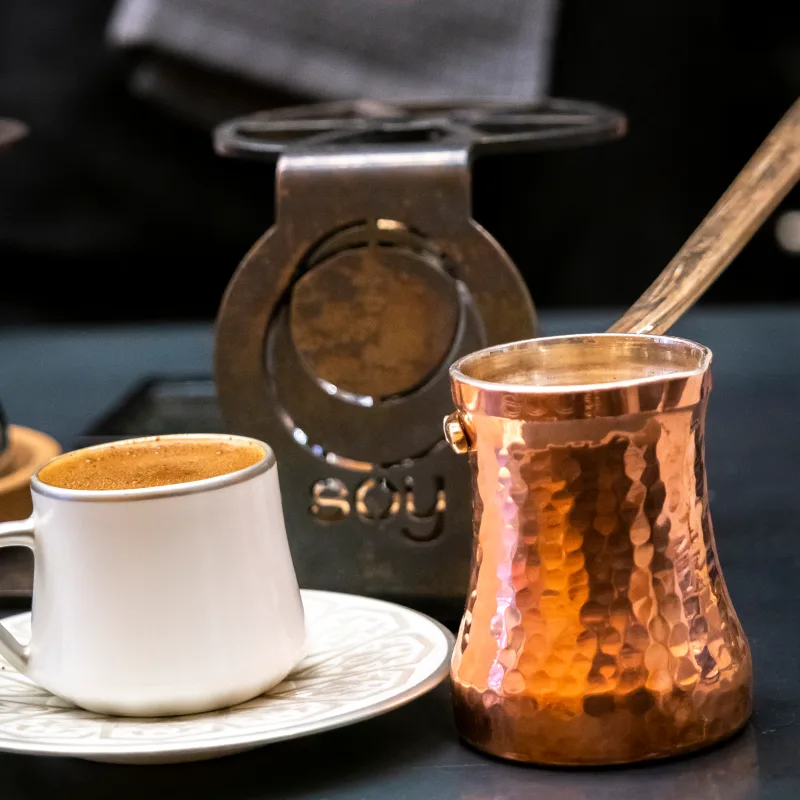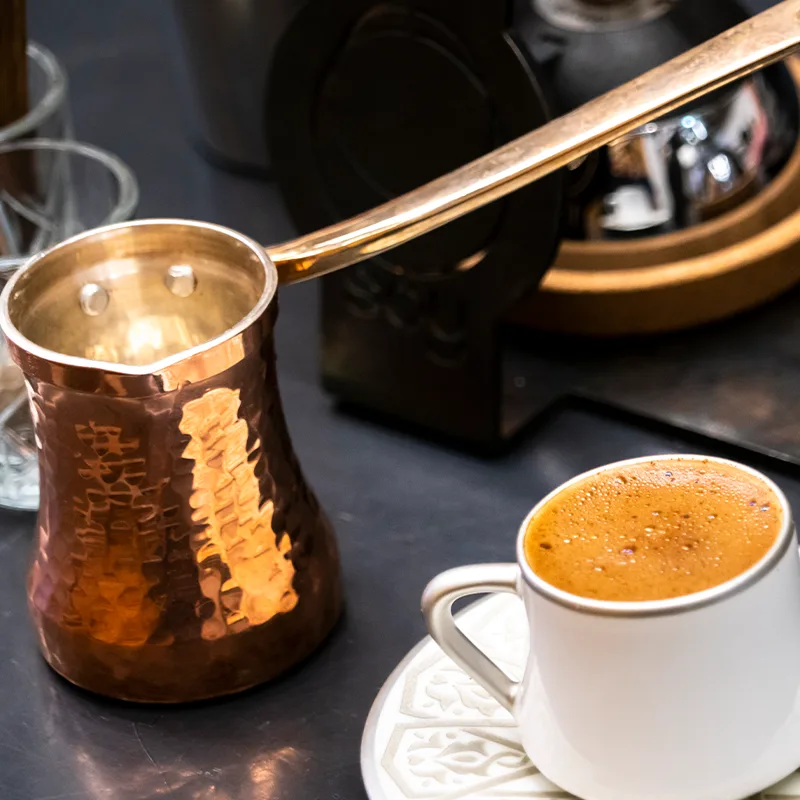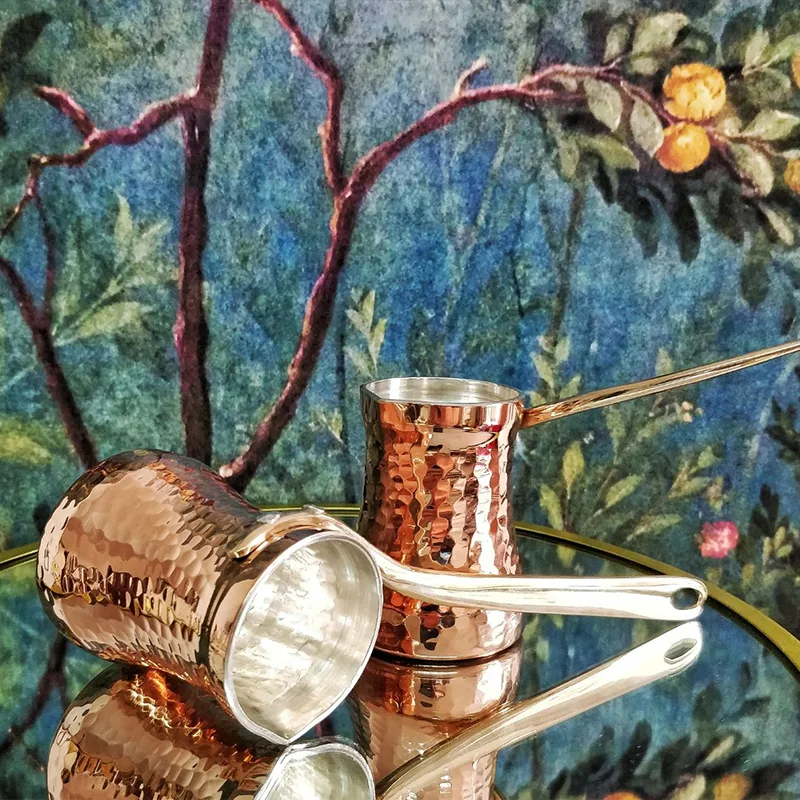The Ottoman Legacy of Coffee Brewing
Turkish coffee is more than just a drink—it is a **ritual, a symbol of hospitality, and a connection to Ottoman heritage**. First introduced to the Ottoman Empire in the **16th century**, coffee became an essential part of palace culture, with elaborate brewing ceremonies performed by **specialized coffee makers known as kahveci**.
The **cezve** (or ibrik) was the preferred brewing vessel, as its **unique shape and copper construction** allowed for **slow, even heating**, extracting the **deepest flavors from the coffee grounds**. In Ottoman palaces and homes, coffee was brewed over hot sand, ensuring precise temperature control and a **rich, velvety foam**.
Why the Cezve Was Essential in Ottoman Coffee Culture:
- **Symbol of Hospitality** – Serving Turkish coffee in a cezve was a sign of respect and friendship.
- **Slow Brewing Process** – Allowed for deep extraction and the formation of the perfect coffee foam.
- **Paired with Sweet Treats** – Traditionally served with **Turkish Delight, dates, or dried fruits**.
- **Royal Status** – The Ottoman court had dedicated coffee brewers, and coffee was often prepared in **gold and silver cezves**.
Today, the **Soy C3 cezve continues this centuries-old tradition**, bringing the art of Turkish coffee brewing to modern coffee lovers. Whether at home or in a café, brewing with a cezve offers an **authentic taste of Ottoman luxury**.


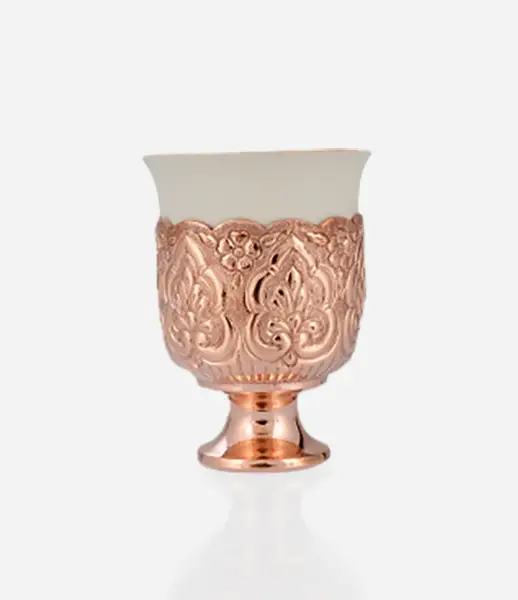
 The Journey of Coffee to Europe
The Journey of Coffee to Europe  The Forbidden Brew
The Forbidden Brew  The Ottoman Secret Behind Turkish Delight
The Ottoman Secret Behind Turkish Delight 